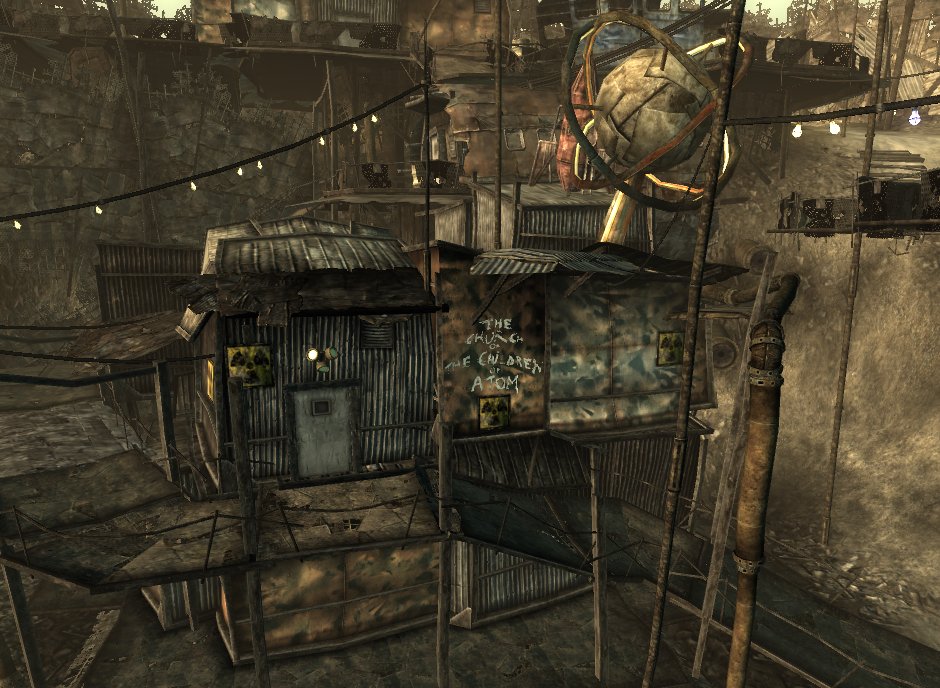
Years before he died, during World War I, Rutherford said he hoped scientists would not learn how to extract atomic energy until “man was living at peace with his neighbors.” The discovery of nuclear fission was, in fact, made just two years after his death, and eventually resulted in what Rutherford had feared-the use of nuclear power to build wartime weapons.Astrophysics and medical pathology don't, at first sight, appear to have much in common. The scientist, who had been nicknamed “Crocodile” by his colleagues for always looking ahead, was buried at Westminster Abbey.

On October 19, 1937, Baron Rutherford died in Cambridge, England at age 66 from the complications of a strangulated hernia. He was also elected president of the Institute of Physics that same year. In 1931, he was elevated to the peerage, and granted the title Baron Rutherford of Nelson. Rutherford was awarded countless honors during his career, including several honorary degrees and fellowships from organizations such as the Institution of Electrical Engineers. Nuclear reactions were Rutherford’s main focus for the rest of his scientific career. By 1919 he had made another monumental discovery: how to artificially induce a nuclear reaction in a stable element. With the advent of World War I, Rutherford turned his attention to antisubmarine research. Achieving fame for his contributions to the understanding of radioelements, Rutherford became an active public speaker, published numerous magazine articles and wrote the most highly regarded textbook of the time on radioactivity.


Rutherford and Yale Professor Bertram Borden Boltwood went on to categorize radioactive elements into what they called a “decay series.” Rutherford was also credited with discovering the radioactive gas radon while at McGill. At McGill in 1903, Rutherford and has colleague Frederick Soddy introduced their disintegration theory of radioactivity, which claimed radioactive energy was emitted from within an atom and that when alpha and beta particles were emitted at the same time, they caused a chemical change across elements. Rutherford left Cambridge in 1902 and took up a professorship at McGill University in Montreal. The beta particle was, in fact, the same as an electron or positron. He labeled the two radiation types “alpha” and “beta.” As it turns out, the alpha particle was identical to the nucleus of a helium atom.

Focusing on uranium, Rutherford discovered that placing it near foil resulted in one type of radiation being easily soaked up or blocked, while a different type had no trouble penetrating the same foil.


 0 kommentar(er)
0 kommentar(er)
